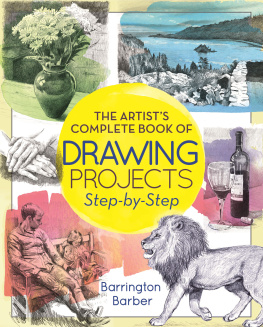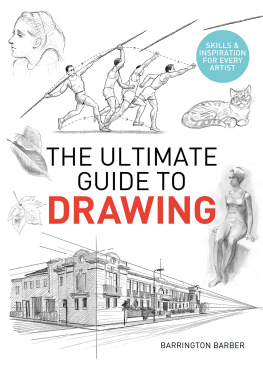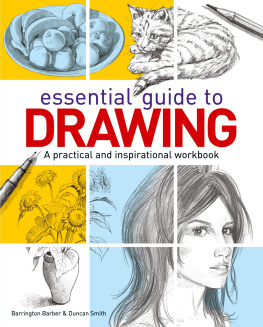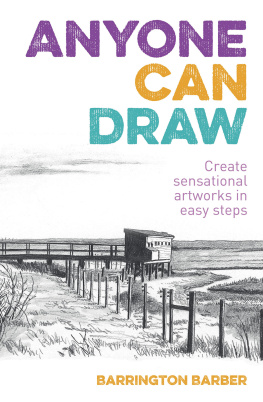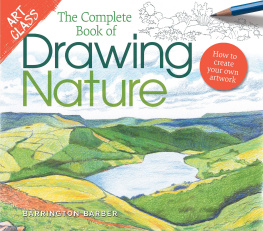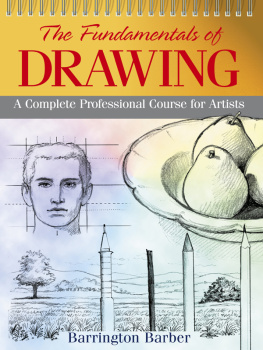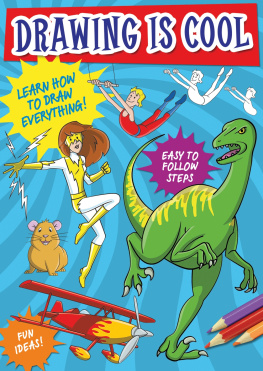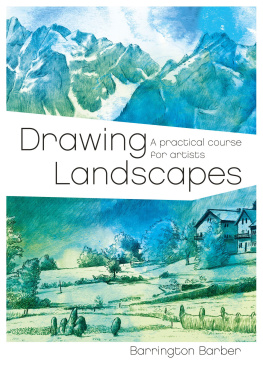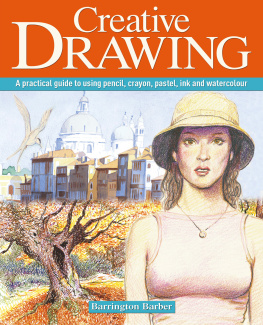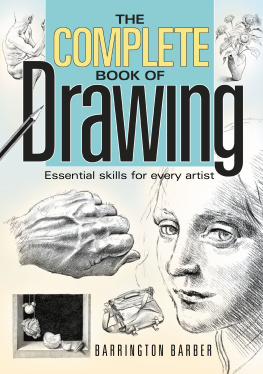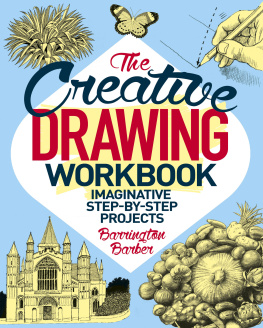Barrington Barber - The Artist’s Complete Book of Drawing Projects Step-by-Step
Here you can read online Barrington Barber - The Artist’s Complete Book of Drawing Projects Step-by-Step full text of the book (entire story) in english for free. Download pdf and epub, get meaning, cover and reviews about this ebook. year: 2017, publisher: Arcturus Publishing, genre: Art / Computer. Description of the work, (preface) as well as reviews are available. Best literature library LitArk.com created for fans of good reading and offers a wide selection of genres:
Romance novel
Science fiction
Adventure
Detective
Science
History
Home and family
Prose
Art
Politics
Computer
Non-fiction
Religion
Business
Children
Humor
Choose a favorite category and find really read worthwhile books. Enjoy immersion in the world of imagination, feel the emotions of the characters or learn something new for yourself, make an fascinating discovery.
- Book:The Artist’s Complete Book of Drawing Projects Step-by-Step
- Author:
- Publisher:Arcturus Publishing
- Genre:
- Year:2017
- Rating:4 / 5
- Favourites:Add to favourites
- Your mark:
The Artist’s Complete Book of Drawing Projects Step-by-Step: summary, description and annotation
We offer to read an annotation, description, summary or preface (depends on what the author of the book "The Artist’s Complete Book of Drawing Projects Step-by-Step" wrote himself). If you haven't found the necessary information about the book — write in the comments, we will try to find it.
When it comes to drawing there is no substitute for practice, and with this collection of 100 drawing projects youll never be short of inspiration. From simple still life objects around the home to animals, people and panoramic landscapes, there is a wide range of subject matter to develop your skills. Each drawing is broken down into five easy steps, so you can see exactly how tone is applied at every stage. Barrington Barbers accessible teaching style makes this a must-have manual for those looking to build their drawing skills using a relaxed but effective method.
Barrington Barber: author's other books
Who wrote The Artist’s Complete Book of Drawing Projects Step-by-Step? Find out the surname, the name of the author of the book and a list of all author's works by series.

